More Characteristics of Catheters
|
Valves:
Urine can
be drained through “free drainage” or intermittent drainage
through the use of a valve. The catheter valve fits into the
end of a catheter and is a tap-like device that can be
turned on or off allowing urine to be stored in the bladder
and emptied into a toilet or bag. Long-term catheters often
include the valve device which allows the bladder to
intermittently fill to retain capacity and tone. The use of
a valve can also reduce the risk for catheter infection and
blockage by intermittently flushing the catheter by draining
urine. A valve can be used with or without a leg bag and
offers a way to be more discreet about long-term catheter
maintenance. The valve should be changed every 5-7 days and
can be changed when the leg bag is typically changed.
|
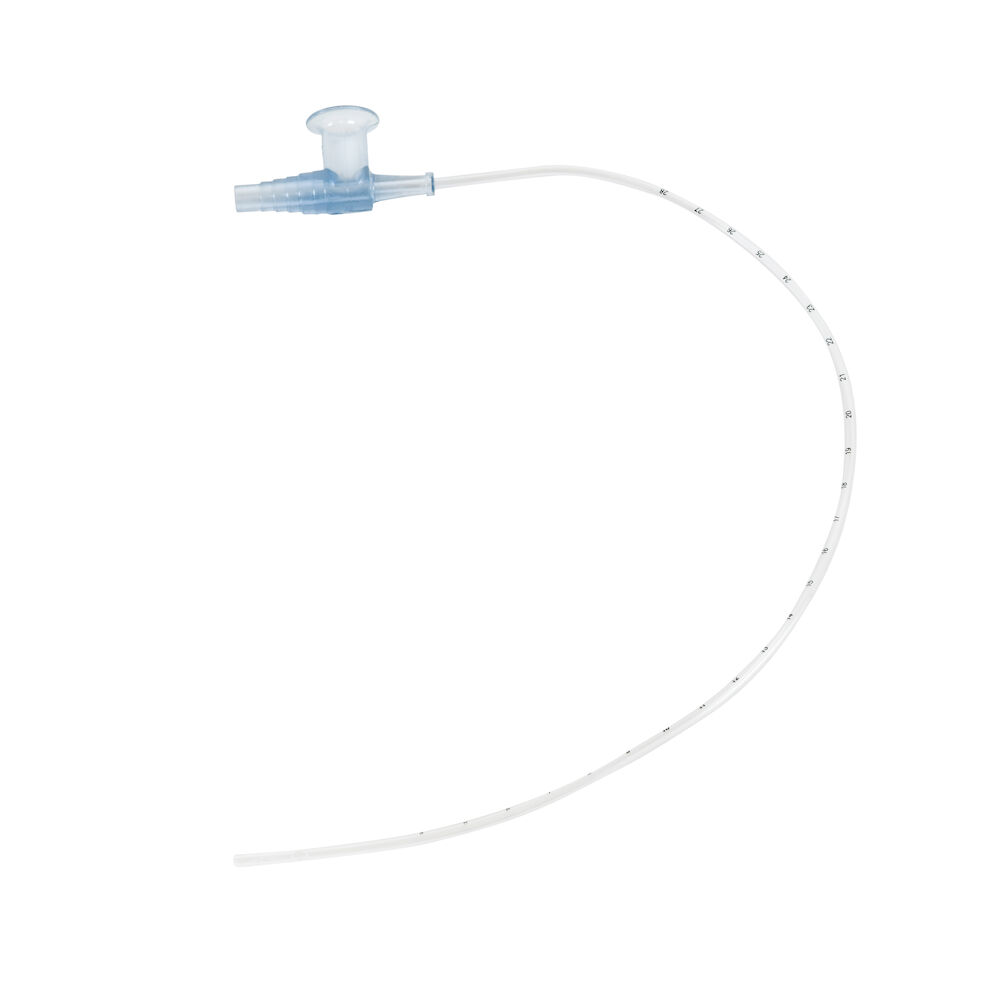
photo courtesy of Byram
Healthcare |
|
Drainage Bags and Systems:
Drainage
bags are categorized as leg bags or night bags. Leg bags are
worn under clothing and must be kept below the level of the
bladder to assure that the gravity system doesn’t lead to
reflux. Night bags are connected to a leg bag for overnight
drainage. Usage of a bag makes it a closed system to prevent
bacterial contamination. The leg bag is only disconnected
when it is replaced every five to seven days. The night bag
can be drained through a tap and can be removed, washed with
water, and allowed to dry. |
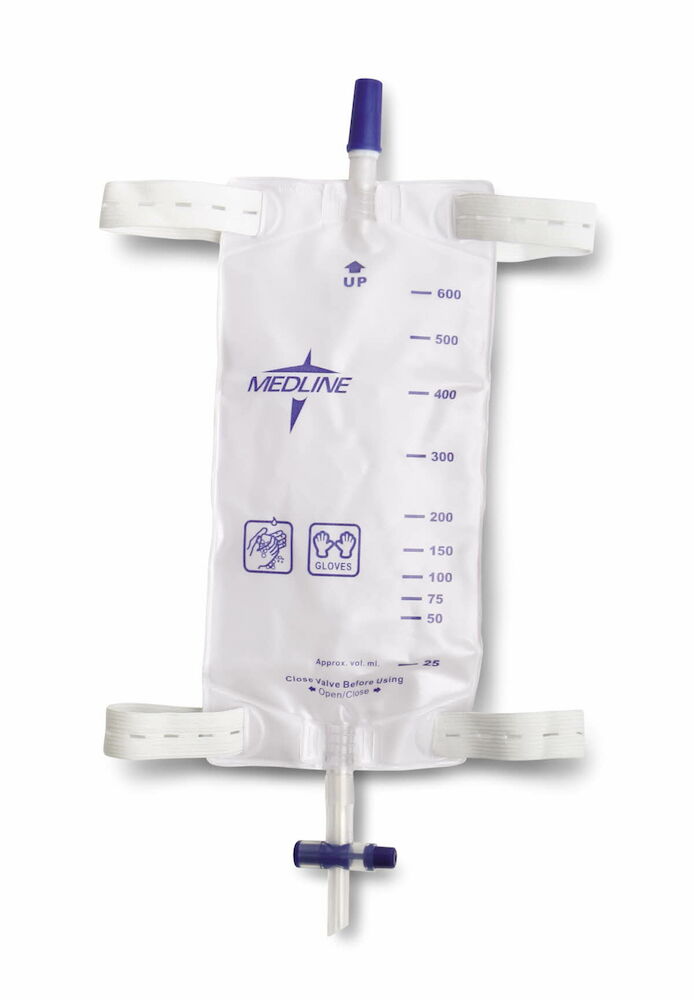 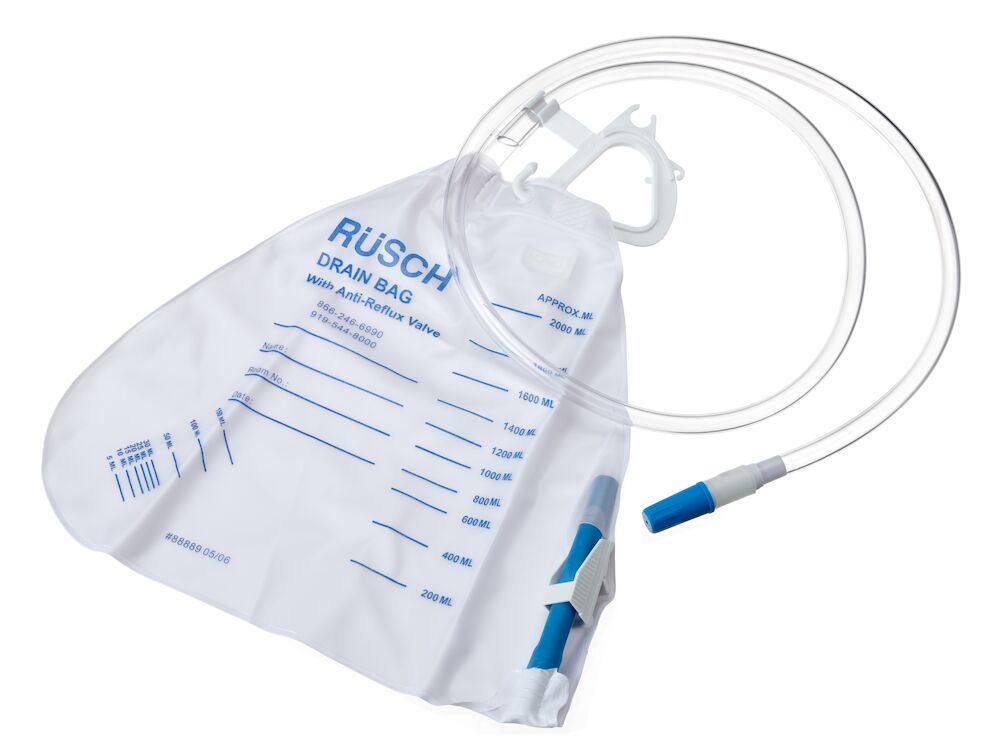
photos courtesy of Byram
Healthcare |
Devices to Secure Catheters:
|
Devices to
Secure Fasteners: Catheter suspension and straps were
developed in the 1960s to prevent complications associated
with catheter movement. While adhesive tapes and Velcro
strapping devices are sometimes used, these are not
considered appropriate for securing urinary catheters. If
not properly secured, catheters can cause urethra trauma,
inflammation, irritation, pain, infection, dislodging of the
catheter, and possible damage to the bladder neck or
cleaving of penile or labial tissues. There are a number of
devices to secure catheters under names such as securement,
holder, fastener, and stabilization device. These vary in
sizes and how they secure the catheter. Catheter securement
devices may include a plastic clamp or a hook and loop
section and can stay in place for up to seven days. Another
type of device clamps the catheter in place and secures it
to the skin with a soft silicone gel pad with an adhesive
that allows it to be moved without using an alcohol pad to
loosen it. |
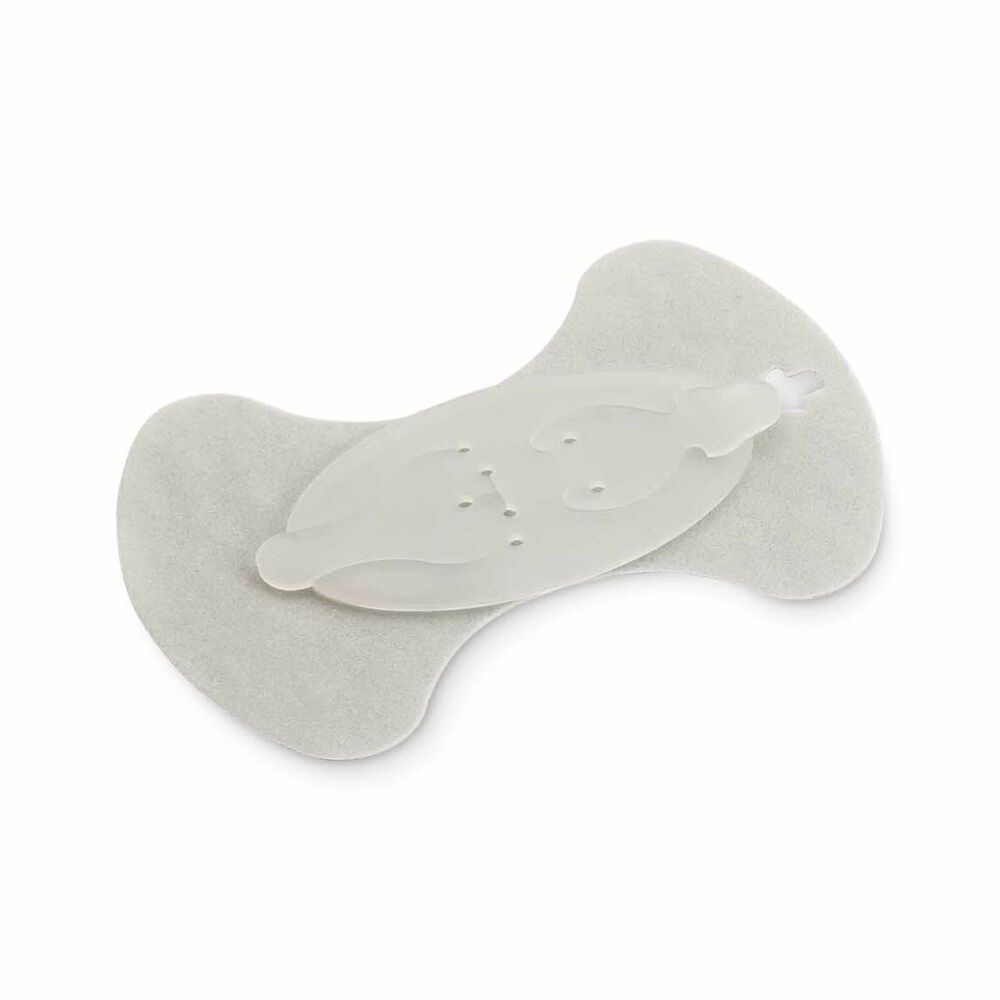 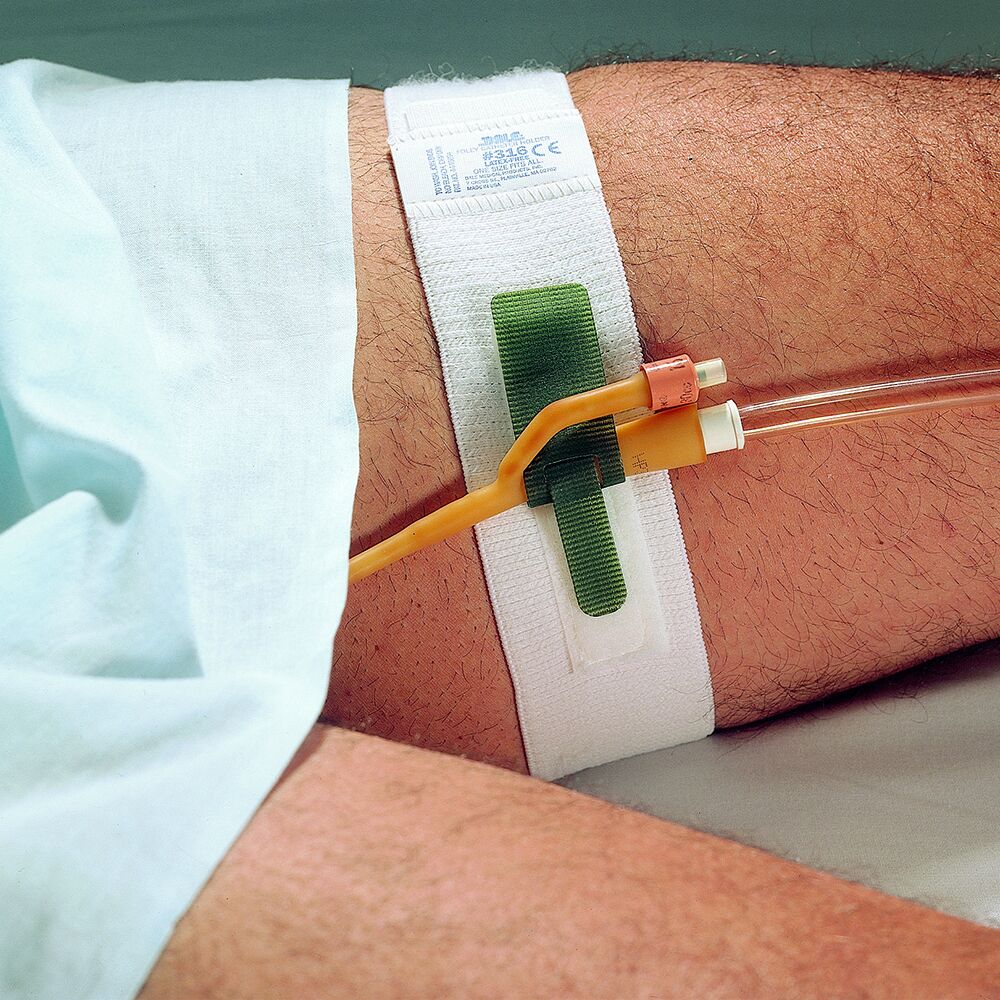
photos courtesy of Byram Healthcare |
Indications for Catheter Placement
Best practice
guidelines provide us with some very specific indications for
appropriate
indwelling urinary
catheter use--and they are listed on this slide. For those of you
who have Foley catheters in your “house”, are they used for one of
the indications listed below?
--Acute urinary
retention.
--Bladder outlet
obstruction.
--In critically
ill patients they can be useful in getting accurate measurements of
urinary output.
--Perioperative
use with urological or surgeries near GU tract structures.
Catheters can also be useful
for other reasons:
--Anticipated
prolonged OR time, need to infuse large volumes and/or diuretics
in OR, need for intraoperative monitoring of urinary output
--Sacral
and/or perineal wounds in incontinent patient
--Prolonged
state of immobility related to prolonged surgery or multiple
traumas
--Comfort
at end of life
--Catheters can be
appropriate and useful when the anticipated time in the OR is
expected to be prolonged, there is a need to infuse large volumes
and/or diuretics in the OR, or there is a need for intraoperative
monitoring of urinary output.
--If the
incontinent patient has sacral and/or perineal wounds.
--If there is
expected to be a prolonged state of immobility related to prolonged
surgery, or multiple traumas.
--They can be
used to provide comfort at end of life.
Diagnostic
purposes may include the determination of conditions in the
genitourinary tract and involve the need to collect an
uncontaminated urine specimen, imaging of the urinary tract, or for
monitoring output.
We should mention
here that there are also contra-indications for urinary catheters.
In women, urethral tearing (a traumatic injury to the lower urinary
tract) is a contraindication for catheter use. It should be noted
that suspected bladder injury is not a contraindication and
catheters can provide drainage and contrast administration for
cytoscopy.







